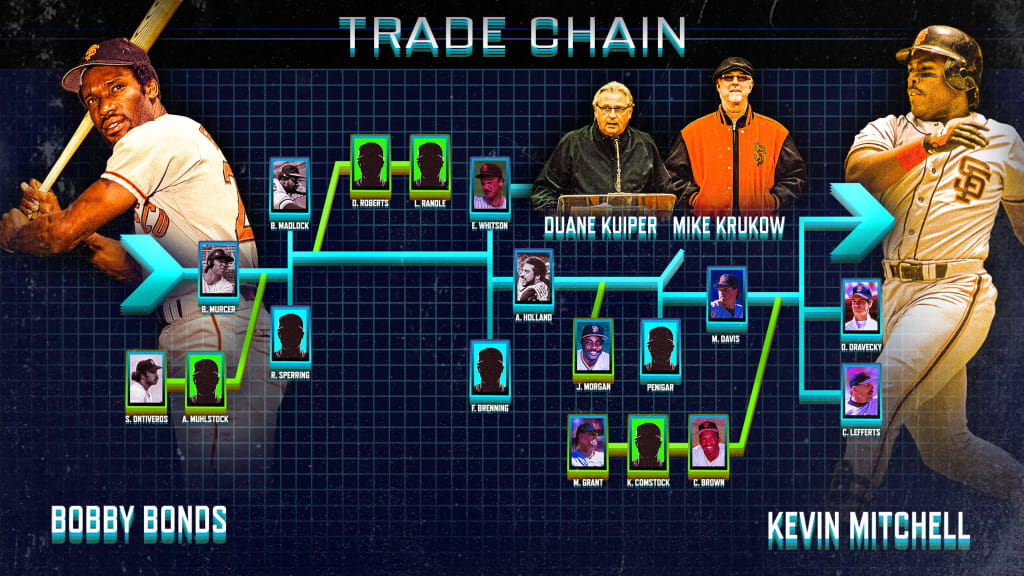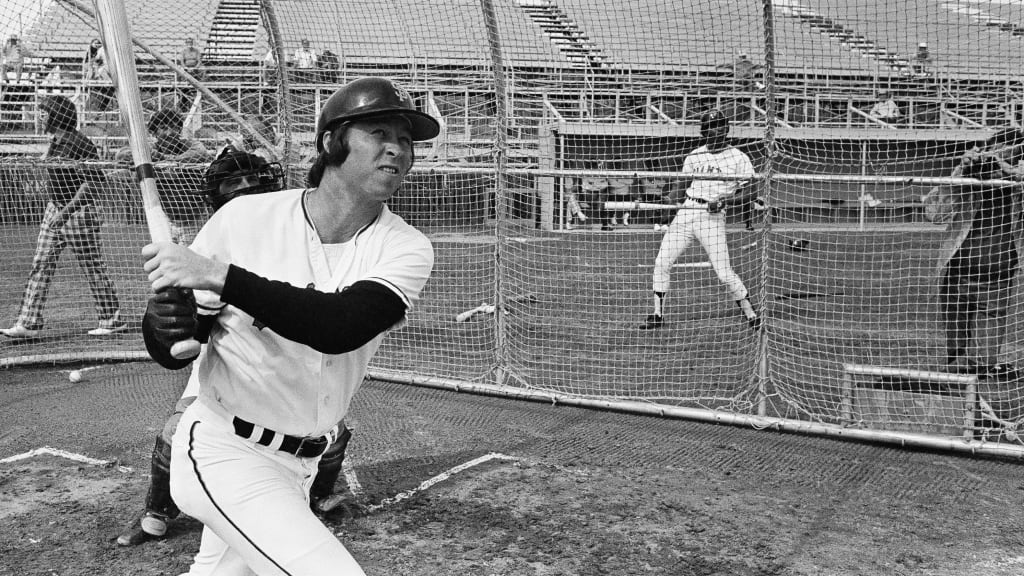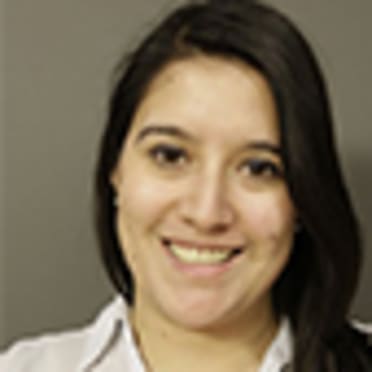
SAN FRANCISCO -- Bobby Bonds’ most famous offshoot was his son, Barry, Major League Baseball’s all-time home run leader and a seven-time National League MVP Award winner.
Yet Bobby’s impact and legacy with the Giants extends beyond his bloodline. A tremendously gifted outfielder, Bonds spent the first seven seasons of his career in San Francisco before being traded to the Yankees in 1974. The deal germinated into one of the most consequential trade trees in franchise history, with branches that extend to a beloved broadcasting duo, a Hall of Famer and the 1989 NL MVP.
Oct. 22, 1974: Giants trade OF Bobby Bonds to the Yankees for OF Bobby Murcer
Known for his rare combination of power and speed, Bonds was touted as “the next Willie Mays” after debuting with the Giants in 1968.
“When they told me that, it was an honor,” Bonds told the Los Angeles Times in 1990. “You’re talking about a guy who I considered the greatest player to ever wear shoes. I probably had more success than anyone they ever put that label on. You show me another guy who’s going to do 30-30 five times. I know I sure haven’t met him yet. But all the writers kept talking about was potential. You haven’t reached your potential, they say. Well, unless you win a Pulitzer Prize, you’re not living up to your potential either, are you?”
A three-time All-Star (twice with San Francisco) and three-time Gold Glove Award winner, Bonds became only the third NL player to join the 30-30 club when he hit 32 home runs and stole 45 bases in 1969. It marked the first of five 30-30 seasons for Bonds, a feat that has been matched only by his son. In '73, he fell one homer shy of becoming the first player to have a 40-40 season.
After things trended down in 1974, the Giants traded Bonds to the Yankees for Bobby Murcer, who had been billed as “the next Mickey Mantle.”
At the time of the trade, Murcer was a career .282 hitter who had been named to four consecutive All-Star teams from 1971-74. But he experienced a dip in power when a two-year renovation of Yankee Stadium began in '74, forcing the Yankees to play their home games at Shea Stadium. After averaging 26 home runs per season over the previous five years, Murcer hit only 10 home runs in '74, including two in 80 games at Shea. When he reported to Giants Spring Training the next year, Murcer was offered Bonds’ old No. 25, though he declined and wore No. 20 instead.
“I'm not wearing Bonds' number, I know that,” Murcer told the New York Times in 1975. “He'll see a few more curveballs in the American League, it's mainly a curveball league. Lot of breaking stuff. And he'll have trouble hitting in Shea; everybody does. It's a terrible hitting ballpark.”
Feb. 11, 1977: Giants trade OF Bobby Murcer, INF Steve Ontiveros and RHP Andy Muhlstock to the Cubs for 3B Bill Madlock and INF Rob Sperring
While Murcer managed to escape Shea, he equally disliked playing at windswept Candlestick Park, which he called the "worst place I've ever seen. It's summertime everywhere around the United States but here ... I'm just glad I don't have to pay to get in." Murcer earned his fifth and final All-Star nod after batting .298 with 11 home runs and 91 RBIs in his first season with the Giants, but he requested a trade as early as the summer of 1975.

The Giants finally acceded to his demand in the lead-up to the 1977 season, sending him, infielder Steve Ontiveros and right-hander Andy Muhlstock to the Cubs in exchange for Bill Madlock and Rob Sperring.
Madlock was coming off two consecutive NL batting titles, but he was rebuffed by the Cubs when he asked for a multi-year contract with a $200,000 annual salary. Those figures were in line with the market value for free agents, but Chicago owner P. K. Wrigley refused to meet those rates and announced that Madlock would be traded “to anyone foolish enough to want him.”
That turned out to be the Giants, who subsequently signed Madlock to a five-year, $1.3 million contract.
June 28, 1979: Giants trade 3B Bill Madlock, LHP Dave Roberts and UTL Lenny Randle to the Pirates for RHP Ed Whitson, LHP Al Holland and RHP Fred Breining
Madlock batted .305 over his first two seasons with the Giants, but he struggled to live up to expectations by falling short of the .354 and .339 marks he produced in his final two years in Chicago. He grew increasingly unhappy in San Francisco, and his relationship with the team deteriorated in 1979. Madlock hit only .261 over 69 games and was benched by manager Joe Altobelli, prompting the Giants to send him to the Pirates for Ed Whitson, who had a 4.37 ERA at the time, as well as two Minor League pitchers -- left-hander Al Holland and righty Fred Breining.
"Highway robbery," Willie Stargell, Hall of Famer and Madlock's new teammate in Pittsburgh, said of the trade.
Madlock batted .328 over his final 85 regular-season games in 1979, propelling the Pirates to a World Series victory over the Orioles in seven games. His seven-year tenure in Pittsburgh included two more NL batting crowns and two All-Star Game appearances.
The Giants, meanwhile, went 71-91 in 1979 and fired Altobelli just over two months after dealing Madlock.
Nov. 14, 1981: Giants trade RHP Ed Whitson to the Indians for 2B Duane Kuiper
The Giants' decision to jettison Madlock proved shortsighted, but the move had a major silver lining: It indirectly brought “Kruk and Kuip” to San Francisco.
Whitson logged a 3.56 ERA over 74 appearances for the Giants from 1979-81 and earned an All-Star nod in '80 before being sent to the Indians in exchange for Duane Kuiper, a tremendous fielder who started at second base for Cleveland for seven years. In '82, Kuiper settled into a reserve role with the Giants, backing up Hall of Famer Joe Morgan at second and emerging as a valuable weapon off the bench.
The following year, his future broadcasting partner arrived.
Dec. 14, 1982: Giants trade LHP Al Holland and 2B Joe Morgan to the Phillies for RHP Mike Krukow, LHP Mark Davis and OF C.L. Penigar
A key cog in Cincinnati’s Big Red Machine from 1972-79, a 37-year-old Morgan returned home to the Bay Area when he signed with the Giants ahead of the 1981 season. He remained productive and helped San Francisco secure back-to-back winning seasons in '81 and '82, but he then reached a contract impasse that precipitated his departure from the club. Morgan asked for a $600,000 contract for the '83 season; Giants general manager Tom Haller countered with $450,000.
Unable to reach an agreement, Haller made the unpopular decision to trade Morgan to the Phillies along with Holland, who posted a 2.56 ERA over 162 appearances for the Giants. In exchange, the Giants received starting pitcher Mike Krukow, a 30-year-old veteran who recorded a 3.12 ERA over 208 innings for the Phillies in 1982. The return for San Francisco also included Mark Davis, the first overall pick of the 1979 Draft, and Minor League outfielder C.L. Penigar.
Krukow spent the final seven seasons of his career with the Giants and finished third in NL Cy Young Award voting in 1986, when he went 20-9 with a 3.05 ERA over 245 innings. Krukow and Kuiper were Giants teammates from '83-85, forming an enduring friendship that would soon cross over into the broadcasting booth. Kuiper began hosting a radio show on KNBR in '83 and was later paired with Morgan when GiantsVision debuted in '86. After Morgan left for ESPN following the '90 season, then-Giants executive vice president Corey Busch convinced Krukow to fill the void. Thus, “Kruk and Kuip” was born.
"I guess I'll always be known for getting the Giants two outstanding announcers," Haller told the San Francisco Chronicle in 2003.
July 5, 1987: Giants trade LHP Mark Davis, RHP Mark Grant, LHP Keith Comstock and 3B Chris Brown to the Padres for LHP Dave Dravecky, LHP Craig Lefferts and 3B Kevin Mitchell
Even with quite the legacy already built, the Bonds trade tree continued to bear fruit for the Giants. In 1987, San Francisco executed a blockbuster seven-player deal with the Padres a day after the Fourth of July that brought a future MVP to the Bay Area and helped the club win its first NL West title since '71.
General manager Al Rosen sent All-Star third baseman Chris Brown to San Diego along with three pitchers: Davis, Mark Grant and Keith Comstock. The Giants received two key left-handers in Dave Dravecky and Craig Lefferts, as well as Kevin Mitchell, who was batting only .245 at the time of the trade.
But the change in scenery seemed to invigorate Mitchell, who crushed 15 home runs and drove in 44 runs over the last 69 games of the season to lift the Giants to their first playoff berth in 16 years.
"I remember the last series I was here with the Padres in June, saying I hope I never got traded here because it's too cold," Mitchell told the New York Times in 1987. "Three weeks later, I was traded. There was a lot of anger in my stomach. I was ready to go home. But being with the Giants has brought back memories of last year with the Mets. We're having fun. We even have curtain calls. Now, I hope I can stay in one place for a while."
Two years later, Mitchell captured the 1989 NL MVP Award after hitting .291 and leading MLB with a 1.023 OPS, 47 home runs and 125 RBIs. He became the first Giant to win the honor since Hall of Famer Willie McCovey in '69.
Davis won the 1989 NL Cy Young Award with the Padres, but it’s clear this trade -- and almost every single one that can be traced back to Bobby Bonds -- favored the Giants.



